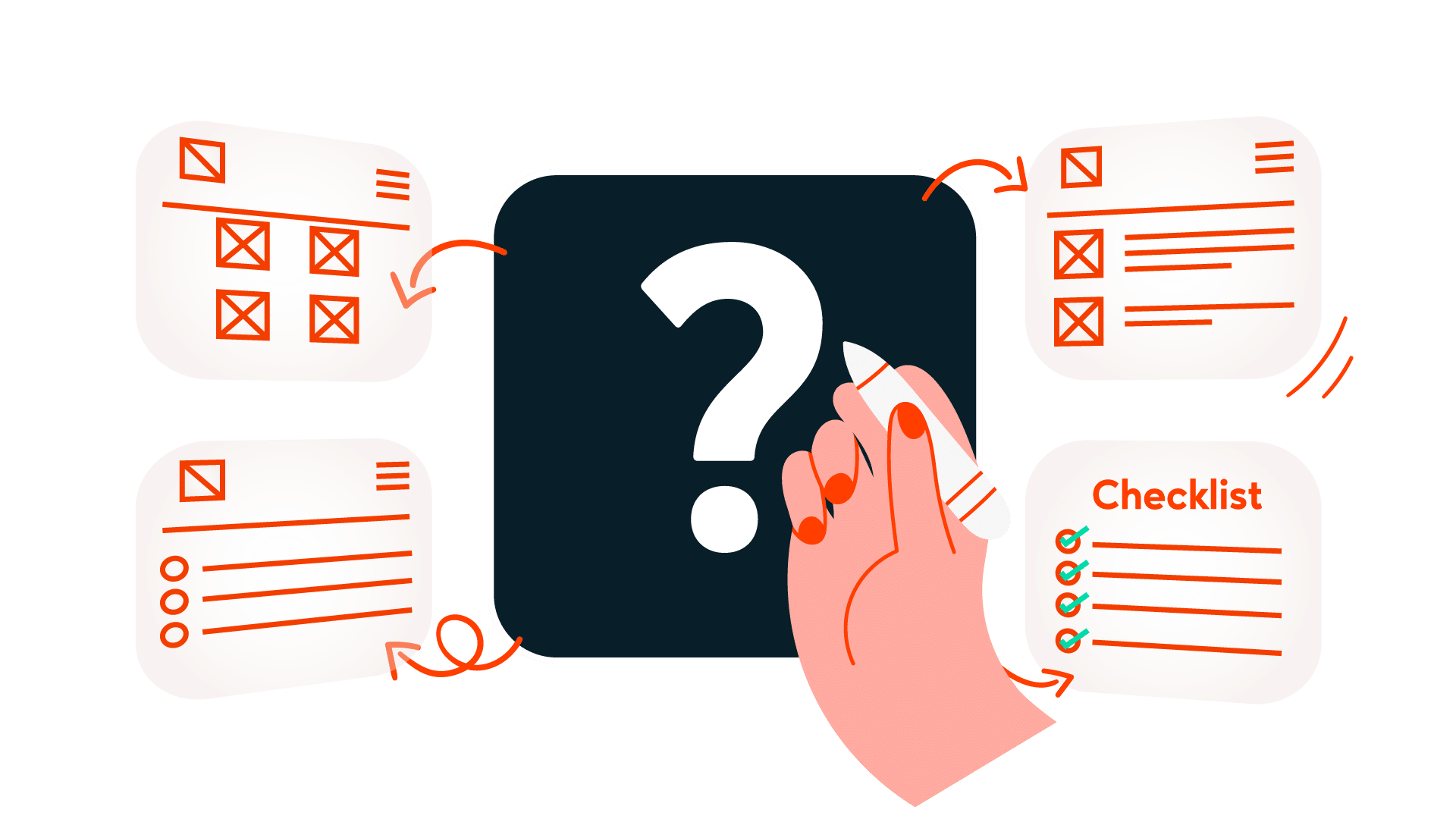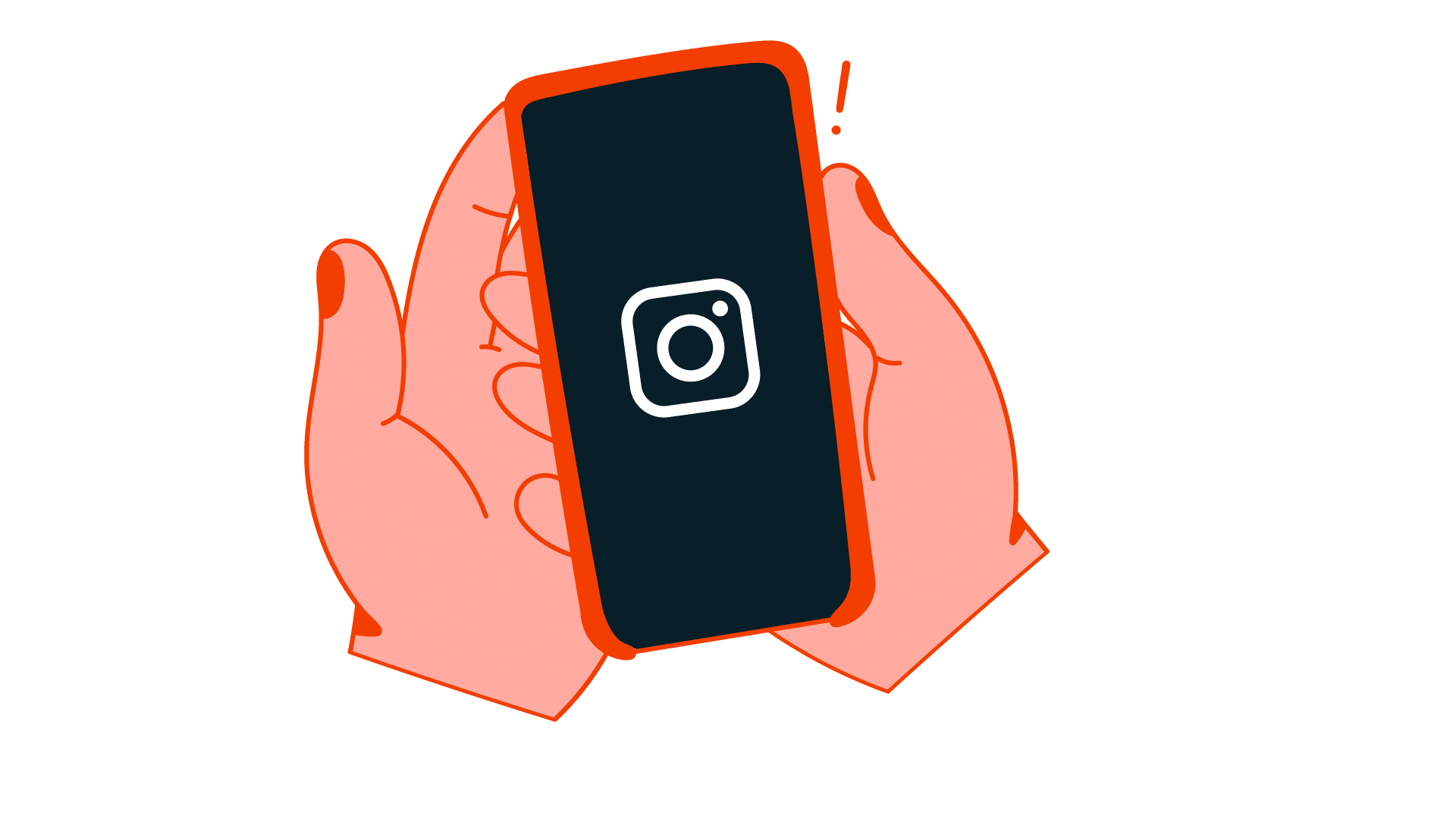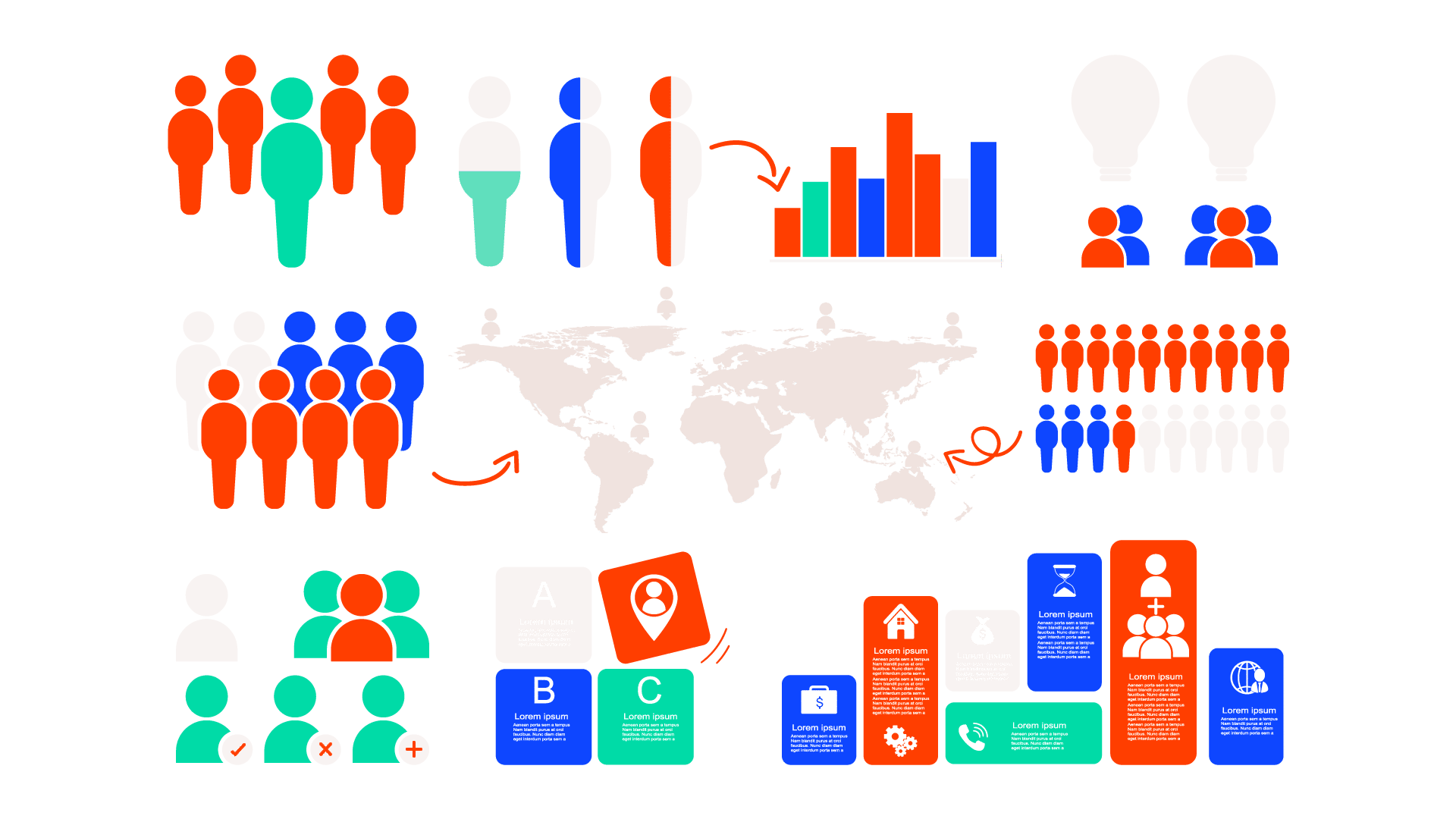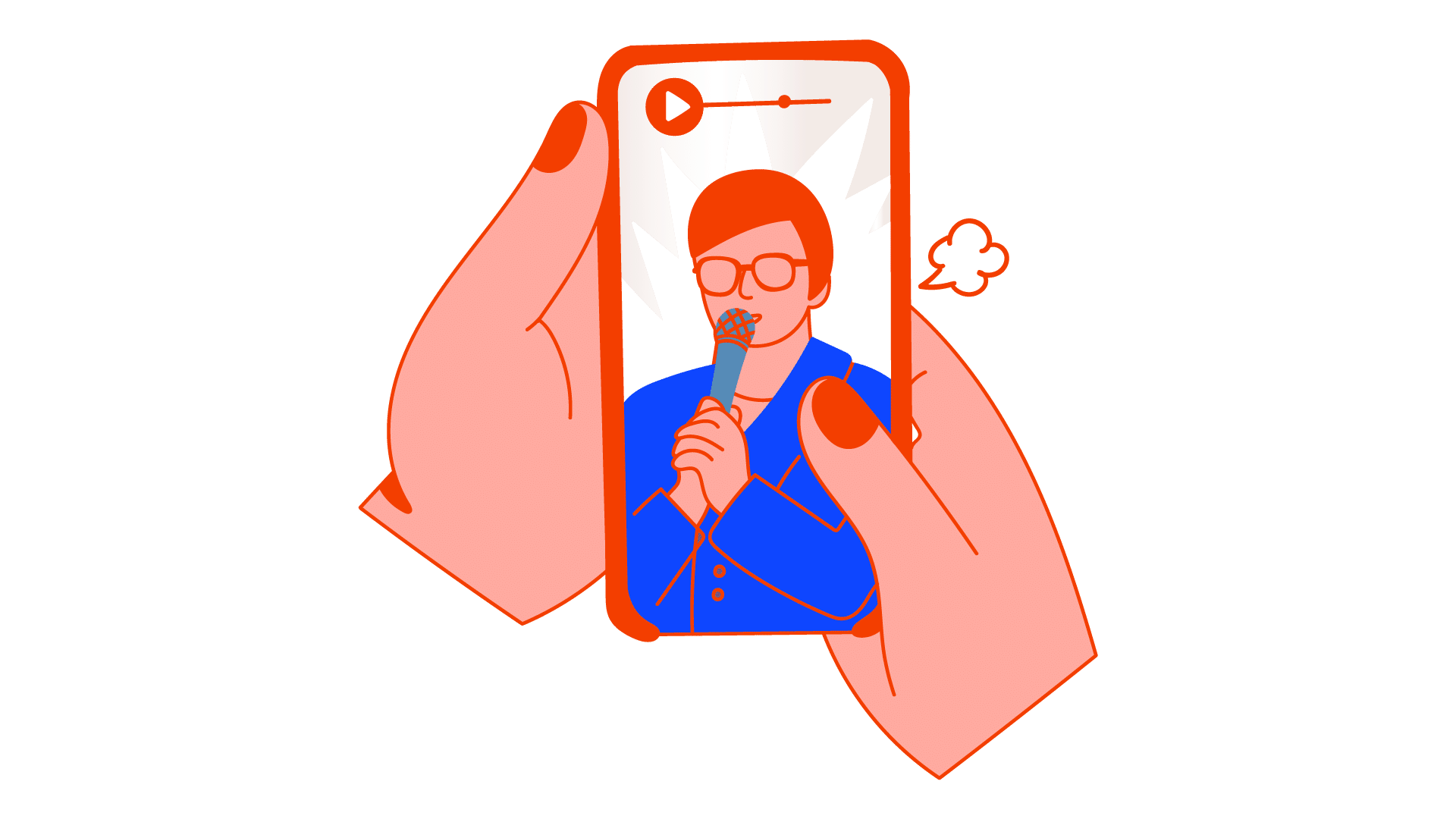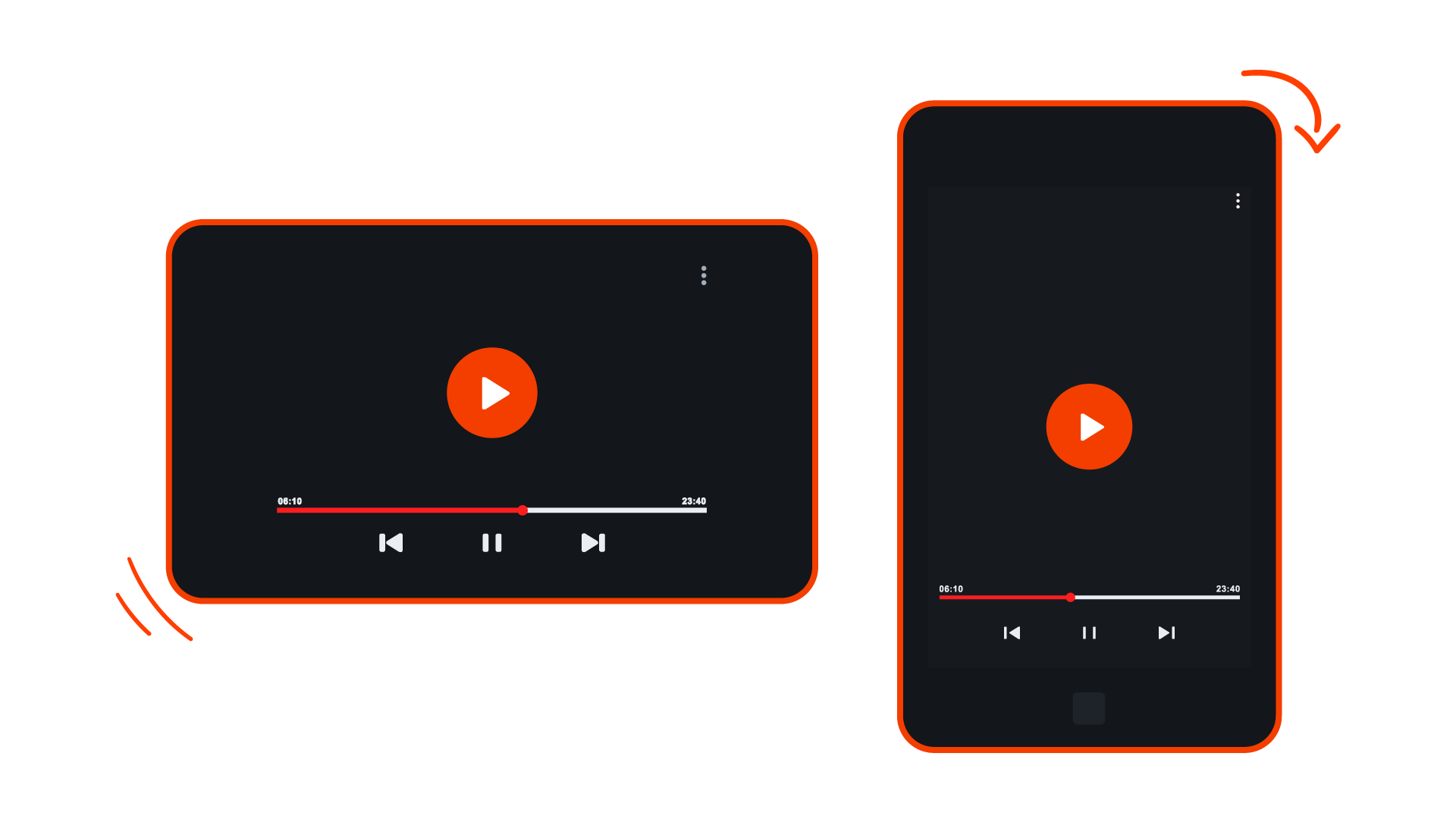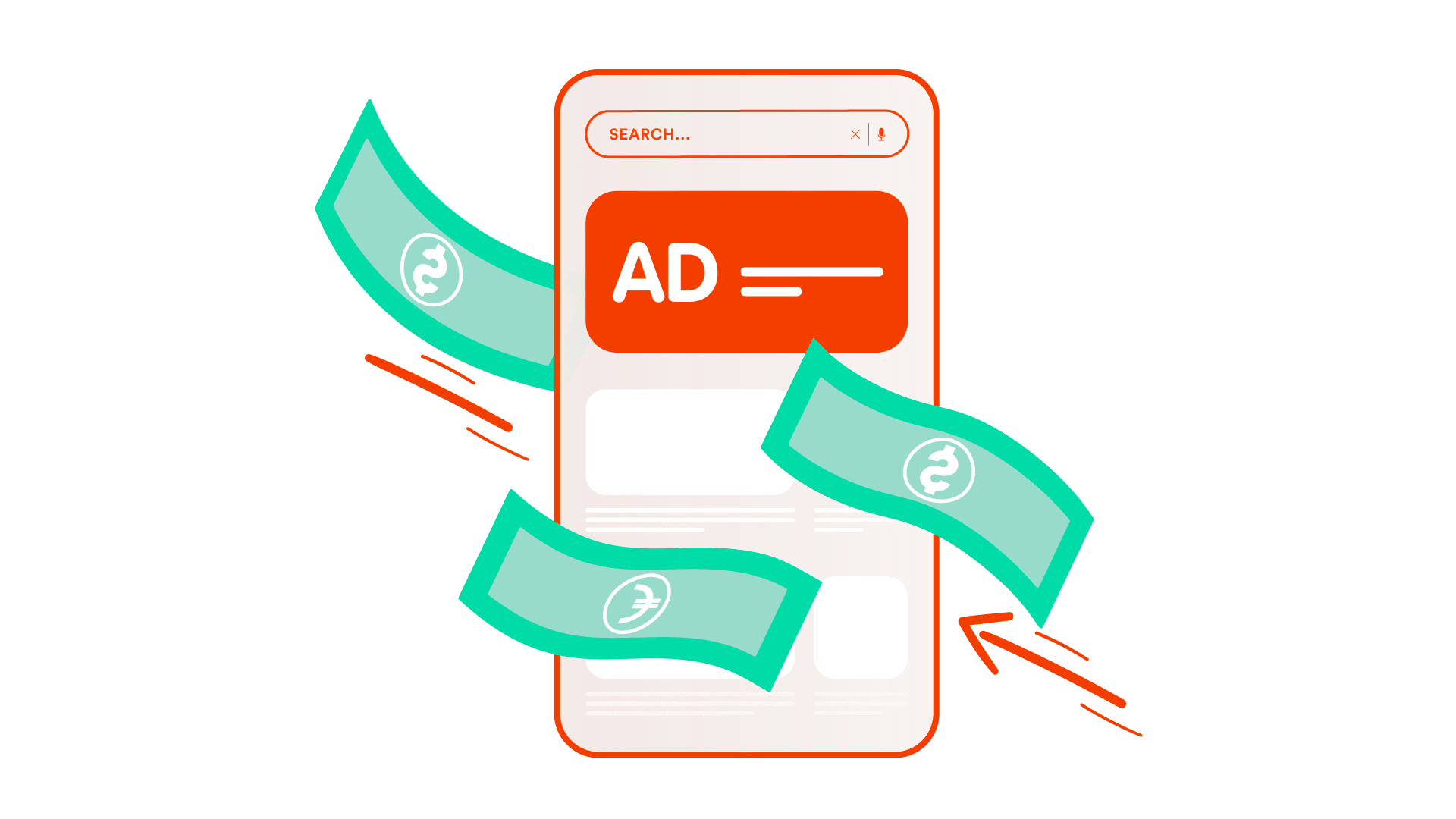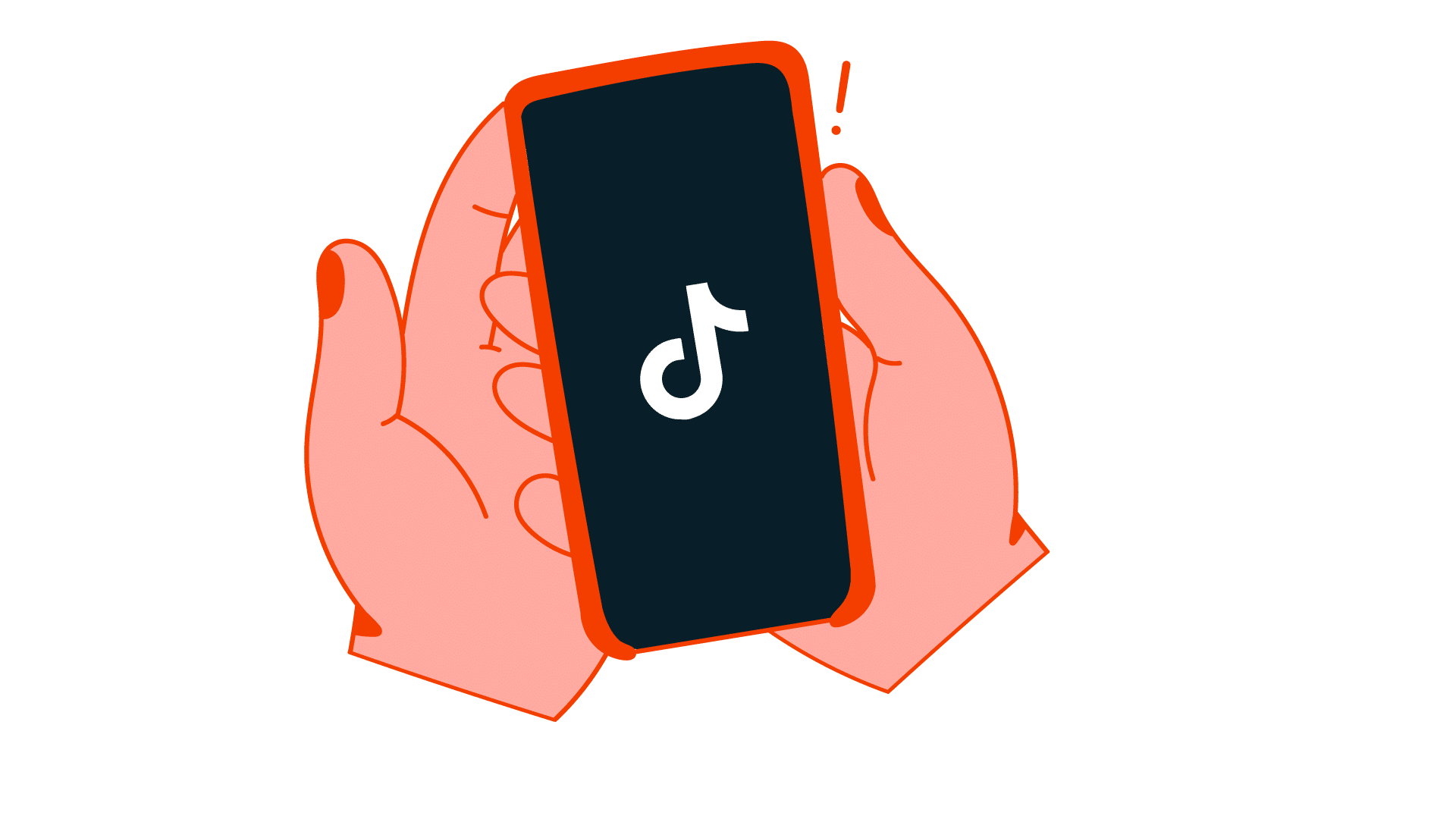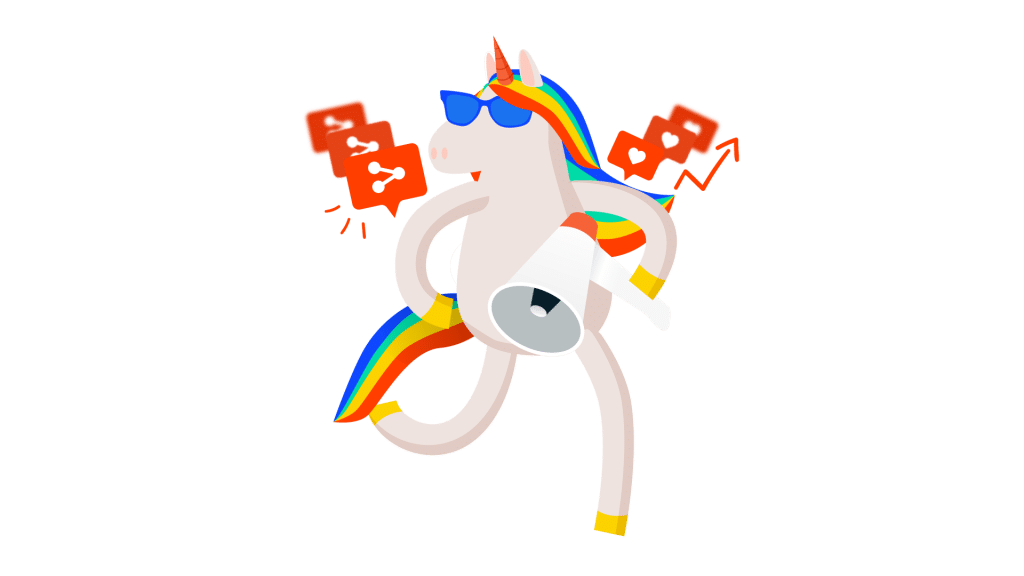The Ultimate Guide to Content Marketing in 2024
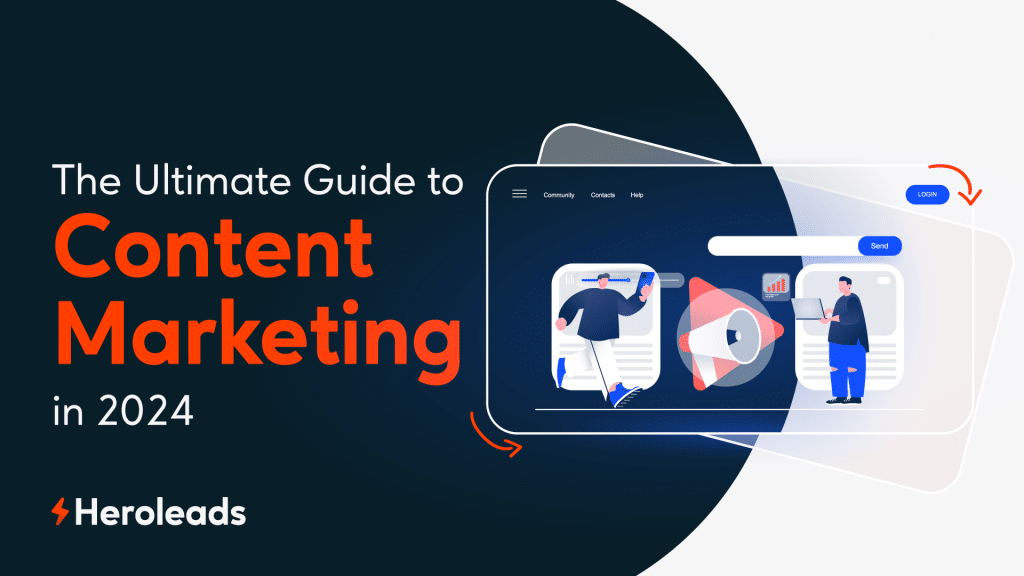
The Ultimate Guide to Content Marketing in 2024
Content marketing has become an essential strategy for businesses looking to increase their online presence and engage with their target audience.
However, with the ever-changing digital landscape and constant influx of information, it can be challenging to know where to begin.
That’s why we have created The Ultimate Guide to Content Marketing, a comprehensive resource that will break down the fundamentals of content marketing in a simple and easy-to-understand way.
Whether you’re a small business owner, a marketing professional, or simply looking to expand your knowledge on the subject, this guide will provide you with the necessary tools and techniques to create compelling and effective content.
From understanding your target audience and establishing your brand’s voice, to creating a content strategy and measuring success, we have covered it all in this ultimate guide.
So, get ready to take your content marketing efforts to the next level and achieve your business goals with our step-by-step guide.
What Is Content Marketing?
Content marketing is a way for companies to connect with people by sharing helpful, interesting, and informative content online.
It’s about creating and sharing content like blogs, videos, and social media posts to attract and engage potential customers.
This content can help build trust, showcase expertise, and ultimately drive people to buy or use a company’s products or services.
Statistics from the Content Marketing Institute show that content marketing is a widely adopted strategy, with 91% of B2B marketers and 86% of B2C marketers using content marketing as part of their overall marketing efforts.
Furthermore, businesses that prioritize content marketing efforts are more likely to see higher conversion rates and customer engagement.
Why Is Content Marketing Important?
Content marketing is important for several reasons, such as:
- Content marketing helps businesses build brand awareness and establish themselves as industry experts.
- It helps businesses engage with their target audience and create a stronger relationship with potential customers.
- Content marketing increases website traffic and improves search engine rankings through strategic use of keywords and SEO techniques.
- It allows businesses to demonstrate their expertise and provide valuable information that helps customers make informed purchasing decisions.
- Content marketing can drive customer loyalty and repeat business by providing ongoing value and personalized content.
- It helps businesses differentiate themselves from competitors and stand out in a crowded marketplace.
- Content marketing can generate leads and convert them into customers through strategically placed CTAs and lead nurturing campaigns.
- It helps businesses build credibility and establish themselves as thought leaders within their industry.
- Content marketing boosts social media engagement and helps businesses connect with their target audience on popular social platforms.
- It allows businesses to showcase their products or services in a non-promotional way, making it more appealing to customers.
- Content marketing drives long-term results and provides a solid foundation for other digital marketing efforts.
Types Of Content Marketing
There are several types of content marketing that businesses can utilize to reach their customers.
Here are some of the most common types:
1. Online Content Marketing
This includes any type of content that is published online, such as blog posts, articles, white papers, and e-books. Online content marketing is effective for increasing brand awareness and driving organic traffic to a website.
2. Social Media Content Marketing
There are 5.17 billion people using social media worldwide, which accounts for more than 63% of the total global population.
Social media platforms like Facebook, Instagram, and Twitter are great channels for sharing content. This can include text posts, images, videos, and infographics.
Social media content marketing helps businesses connect with their audience and build relationships.
3. Infographic Content Marketing
Infographics are significantly more likely to be read compared to a written article, with a staggering 30 times higher probability.
Infographics are visual representations of complex information or data. They are an effective way to present information in a visually appealing and easily digestible format.
Infographic content marketing is perfect for sharing statistics, trends, and educational content.
4. Blog Content Marketing
Marketers who focus on blogging have a much higher chance (13 times more likely) of getting a positive return on their efforts.
Blog posts are written articles published on a website’s blog section. They are a popular form of content marketing as they provide valuable information to readers.
Blog content marketing helps establish a business as an industry expert and provides opportunities for engagement and lead generation.
5. Podcast Content Marketing
Podcasting has rapidly grown into a billion-dollar industry in 2021. By 2023, podcasting revenue in the US is predicted to soar to $2.3 billion, marking a substantial 24.8% rise compared to the previous year.
Podcasts are audio-based content that can be listened to on various platforms. They are gaining popularity as a convenient way for people to consume information.
Podcast content marketing allows businesses to reach a wider audience, build authority, and establish thought leadership.
6. Video Content Marketing
Marketers who incorporate video marketing generate revenue 49% faster compared to those who do not utilize video marketing.
Videos engage and captivate audiences more effectively than other content formats. Video content marketing includes creating and sharing videos on platforms like YouTube, Vimeo, and social media channels. It helps businesses showcase products, share tutorials, and tell stories.
7. Paid Ad Content Marketing
Paid ad content marketing involves promoting content through paid channels like Google Ads, social media ads, and sponsored content on websites. It helps businesses reach a wider audience and drive targeted traffic to their content.
These are just a few examples of the types of content marketing that businesses can leverage to attract and engage their target audience. The choice of content type depends on the business objectives, target market, and the preferences of the target audience.
How Does Content Marketing Work?
Content marketing works by creating and distributing valuable content to attract, engage, and retain customers.
It involves creating and sharing relevant and helpful content with the goal of driving profitable customer action.
Let’s break down how content marketing works at each stage of the customer journey:
Top of the Funnel (TOFU)
A research by HubSpot shows that businesses that effectively engage with customers at the Top of the Funnel (TOFU) experience a 50% increase in lead generation compared to those that do not.
At this stage, the focus is on creating awareness and generating interest in your brand. The content you create should be educational and informative, addressing the pain points and needs of your target audience.
Examples of TOFU content include blog posts, social media posts, and videos.
According to the Market Research Future, The tofu market, which was worth USD 1.5 billion in 2022, is projected to grow to USD 2.7 billion by 2030, showing a compound annual growth rate (CAGR) of 9.01% during the forecast period (2023-2030).
Middle of the Funnel (MOFU)
In the middle stage, your audience has shown interest in your brand and is considering their options.
The content here should provide more in-depth information and convince the audience that your product or service is the right choice for them.
Examples of MOFU content include case studies, white papers, and webinars.
According to Demand Metric, content marketing generates three times more leads than traditional marketing and costs 62% less.
Bottom of the Funnel (BOFU)
At the bottom stage, the focus shifts to converting leads into customers. The content here should be more sales-oriented, emphasizing the value and benefits of your product/service.
Examples of BOFU content include product demos, free trials, and customer testimonials.
Companies with strong content marketing strategies experience 7.8 times more website traffic.
By strategically creating and promoting content that aligns with each stage of the customer journey, content marketing nurtures leads, builds trust, and drives profitable customer action.
It helps in establishing your brand as a thought leader, improving online visibility, and ultimately driving revenue.
Content Marketing Examples
There are many different types of content marketing that can be effective in reaching and connecting with customers.
Let’s explore some examples of content marketing to see how they can be used.
- Example of Instagram Content Marketing
Many brands leverage Instagram to showcase their products or services creatively.
One great example is National Geographic (@natgeo), which shares stunning photographs and compelling stories about nature, wildlife, and the environment.
They have over 160 million followers who engage with their content regularly.
- Example of Infographic Content Marketing
Infographics are visual representations of information or data. HubSpot, a leading marketing software company, uses infographics to simplify complex topics and engage their audience.
Their infographics receive thousands of social shares and help establish them as thought leaders in the industry.
- Example of Blog Content Marketing
Blogs are a popular form of content marketing. Moz, an SEO software company, provides valuable SEO advice through their blog.
They consistently publish in-depth articles that educate and empower marketers.
Their blog content has helped them attract a massive audience and establish themselves as industry experts.
- Example of Podcast Content Marketing
Podcasts have gained popularity in recent years, and businesses are using them to connect with their audience.
The Joe Rogan Experience, hosted by comedian Joe Rogan, is one of the most successful podcasts.
While not directly related to a business, the podcast has become a platform for advertising and sponsorship, generating millions in revenue.
- Example of Video Content Marketing
Video content is highly engaging and can communicate complex messages effectively.
Blendtec, a blender manufacturer, created the “Will It Blend?” video series where they blended various items, including iPhones and golf balls.
These quirky videos went viral and significantly boosted brand awareness and sales.
- Example of Paid Ad Content Marketing
Paid ads can also be part of a content marketing strategy. Geico, an insurance company, uses humorous and memorable TV commercials to capture viewers’ attention.
These ads entertain while promoting their brand and have helped Geico become a household name in the insurance industry.
- Example of Twitter Content Marketing
Twitter (known as X) allows businesses to share quick, concise messages and engage with their audience in real-time.
Wendy’s, a fast-food chain, uses Twitter to generate buzz and engage with their followers.
Their witty and humorous responses to customer inquiries or comments have gained them a significant following and media attention.
- Example of TikTok Content Marketing
TikTok is a platform where businesses can create short, entertaining videos to reach a younger demographic.
Chipotle, a fast-casual restaurant chain, embraced TikTok early on and created fun and engaging content, including dance challenges and behind-the-scenes videos.
Their TikTok content has helped them reach a new audience and increase brand awareness.
- Example of Viral Content Marketing
One famous example of viral content marketing is the ALS Ice Bucket Challenge.
This social media campaign involved people dumping buckets of ice water on themselves to raise awareness and funds for ALS (amyotrophic lateral sclerosis).
The campaign went viral, raising over $115 million for ALS research and significantly increasing awareness of the disease.
These examples demonstrate the power of content marketing across various platforms and industries. Each strategy leverages the unique features of the platform to create compelling and shareable content.
Content Marketing Strategy
How exactly do you create an effective content marketing strategy? Let’s break it down step by step using real-time examples and statistics.
Step 1: Find your target audience
Before creating any content, it’s essential to understand who your target audience is.
Conduct market research, analyze demographics, and identify their pain points, interests, and needs.
For example, if you’re a fitness brand, your target audience might be health-conscious individuals looking to improve their physical well-being.
Step 2: Set SMART goals
SMART goals are specific, measurable, achievable, relevant, and time-bound. These goals provide clarity and help you track your progress.
For instance, you could aim to increase website traffic by 20% or generate 50 new leads per month.
Step 3: Determine your KPIs
Key performance indicators (KPIs) are metrics used to measure the success of your content marketing efforts.
They can include website traffic, engagement rate, conversion rate, or social media followers.
Use tools like Google Analytics and social media insights to track these KPIs.
Step 4: Decide on the type of content and content formats
There are various types of content you can create, such as blog posts, social media posts, videos, infographics, ebooks, and white papers.
Consider the preferences of your target audience and the goals you want to achieve.
For example, if your goal is to educate your audience, you may choose to create informative blog articles or educational videos.
Step 5: Choose your content channels
Identify the platforms and channels where your target audience is most active.
This could include social media platforms like Facebook, Instagram, LinkedIn, or industry-specific forums and communities.
Tailor your content to fit each platform’s requirements and engage with your audience effectively.
Step 6: Set a budget
Determine your content marketing budget, allocating resources for content creation, promotion, and distribution.
According to the semrush research, roughly 80% of highly successful content marketers allocate over 10% of their marketing budget to content creation and promotion.
Step 7: Create a content publishing schedule
Consistency is key in content marketing. Create an editorial calendar to plan and schedule your content in advance. This ensures a steady stream of content and keeps your audience engaged.
Tools like ContentCal and CoSchedule can help with content scheduling and collaboration.
Step 8: Create and distribute the content
Now it’s time to put your content marketing strategy into action. Create high-quality and valuable content that aligns with your target audience’s needs and interests.
Distribute it through your chosen channels, optimizing it for search engines and sharing it on social media platforms.
Step 9: Analyze and measure results
Regularly analyze the performance of your content using your predetermined KPIs.
Metrics like website traffic, engagement rate, and conversion rate will indicate the effectiveness of your content marketing efforts.
Tools like Google Analytics, social media analytics, and CRM software can help track and measure these metrics.
By following these steps and constantly refining your strategy based on data and feedback, you can create a successful content marketing strategy that drives engagement, builds brand authority, and ultimately leads to business growth.
Remember, content marketing is an ongoing process, requiring constant evaluation, adaptation, and optimization to achieve maximum results.
Traits of Effective Content Marketing
Effective content marketing has several key traits that set it apart from average or ineffective content marketing efforts.
These traits ensure that your content resonates with your target audience and drives meaningful results.
Let’s take a closer look at these traits:
1. Provides value beyond your product offerings
The most successful content marketing provides value to the audience beyond just promoting your products or services. It aims to educate, entertain, or solve a problem for the audience.
By offering valuable and relevant information, your content establishes your brand as a trusted resource in your industry and builds credibility.
2. Targets readers’ specific buying journey stage
Effective content marketing takes into consideration the different stages of the customer’s buying journey.
Whether the reader is in the awareness stage, consideration stage, or decision stage, your content should be tailored to their specific needs and concerns at that stage.
This targeted approach ensures that your content resonates with the reader and increases the likelihood of converting them into customers.
3. Demonstrates a consistent brand voice and image
Consistency is key in content marketing. Your brand voice and image should remain consistent across all your content pieces, regardless of the format or platform.
This helps reinforce your brand identity and makes it easier for your audience to recognize and engage with your content.
Consistency also contributes to building trust and loyalty with your audience.
4. Timely and engaging
To capture the attention of your audience, your content needs to be timely and engaging. Timeliness means addressing current trends, news, or events that are relevant to your target audience.
By staying up to date with your industry and providing timely content, you position yourself as a knowledgeable authority.
Engaging content uses storytelling techniques, visuals, interactivity, or any other means to capture and retain the audience’s interest.
By making your content engaging, you increase the chances of your audience consuming and sharing it.
Best Content Marketing Resources
To help businesses succeed in their content marketing efforts, there are several popular resources available.
Here are some of them:
- Content Marketing Institute (CMI): A leading industry publication that provides insights, research, and training on content marketing.
- HubSpot: An all-in-one marketing platform that offers resources, templates, and tools for content creation and distribution.
- Moz: A comprehensive SEO platform that provides guidance on creating content that ranks well in search engines.
- Neil Patel: A renowned marketer who shares helpful content marketing tips and strategies on his blog and YouTube channel.
- Copyblogger: A resourceful website that publishes educational content on content marketing, copywriting, and blogging.
- Buffer: A social media management platform that offers helpful resources on content creation and scheduling for different channels.
- SEMrush: A popular SEO tool that provides keyword research, content analysis, and competitor analysis to improve content performance.
- BuzzSumo: An excellent platform for content discovery and analysis to identify trending topics and influential content creators.
- Canva: A user-friendly graphic design tool that enables non-designers to create visually appealing content assets.
- Google Analytics: A powerful web analytics tool that helps measure and track the performance of content marketing campaigns.
- YouTube Creator Academy: A resource by YouTube that offers tutorials and best practices for creating and optimizing video content.
- Hootsuite: A social media management tool that provides resources on content scheduling, engagement, and social analytics.
- Mailchimp: An email marketing platform that provides resources on crafting engaging email newsletters and campaigns.
- Social Media Examiner: A blog and podcast that offers expert advice on content creation and social media marketing.
- Sprout Social: A social media management platform that provides resources on content strategy and engagement.
- Udemy: An online learning platform that offers various content marketing courses taught by industry professionals.
These resources offer a wealth of knowledge and guidance on content marketing, helping businesses create and distribute valuable content to attract and engage their target audience.
By utilizing these resources, businesses can enhance their content marketing strategies and drive better results.
What Are The Three Pillars Of Content Marketing?
The three pillars of content marketing are relevance, consistency, and authenticity.
1. Relevance
This means creating content that is valuable and meaningful to your target audience.
It should address their needs, interests, and pain points, providing them with the information they are looking for.
2. Consistency
Consistency in content creation is key to building a loyal audience. It involves regularly publishing and sharing high-quality content to establish trust and credibility.
By consistently delivering valuable content, you can keep your audience engaged and coming back for more.
3. Authenticity
Authenticity is about being genuine and true to your brand. Your content should reflect your unique voice, personality, and values.
It should resonate with your audience and build a genuine connection with them.
Authentic content helps to build trust and loyalty among your audience.
Attract Your Audience with Content Marketing
As we wrap up this comprehensive guide to content marketing, it’s important to remember that success in this field requires a strategic and consistent approach.
By utilizing the tips, tools, and techniques outlined in this guide, you can create and distribute valuable and engaging content that will attract and retain your target audience.
Keep in mind that content marketing is an ever-evolving practice, so staying up-to-date with industry trends and continuously adapting your strategy will be key to achieving long-term success.
With dedication and perseverance, you can harness the power of content marketing to drive your business forward.
Recent posts

